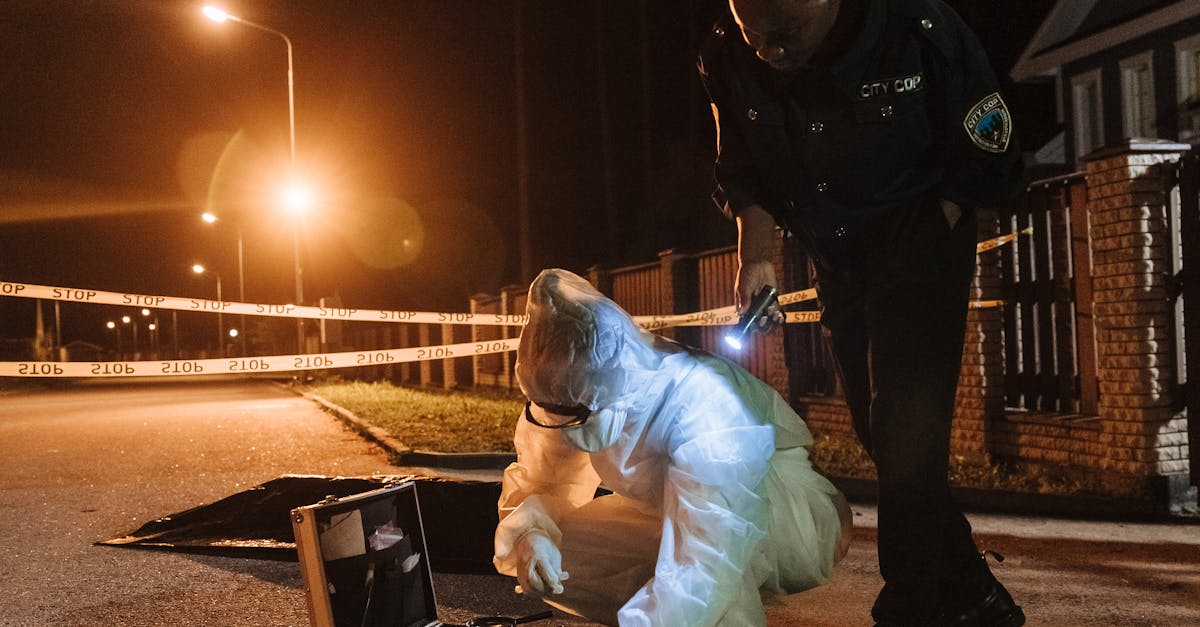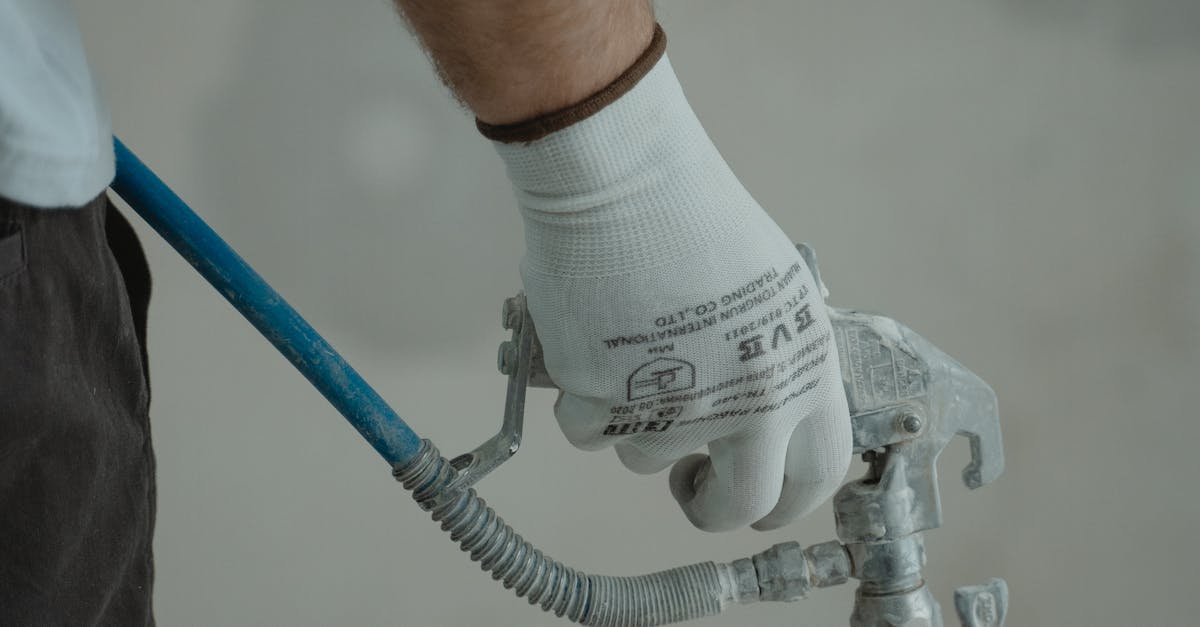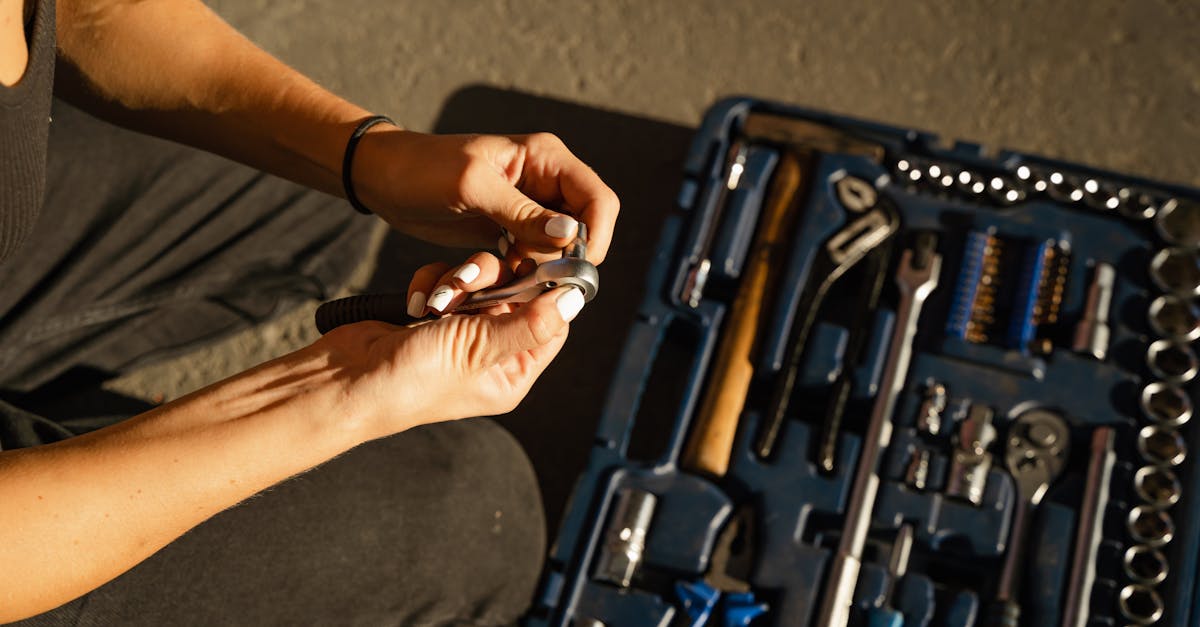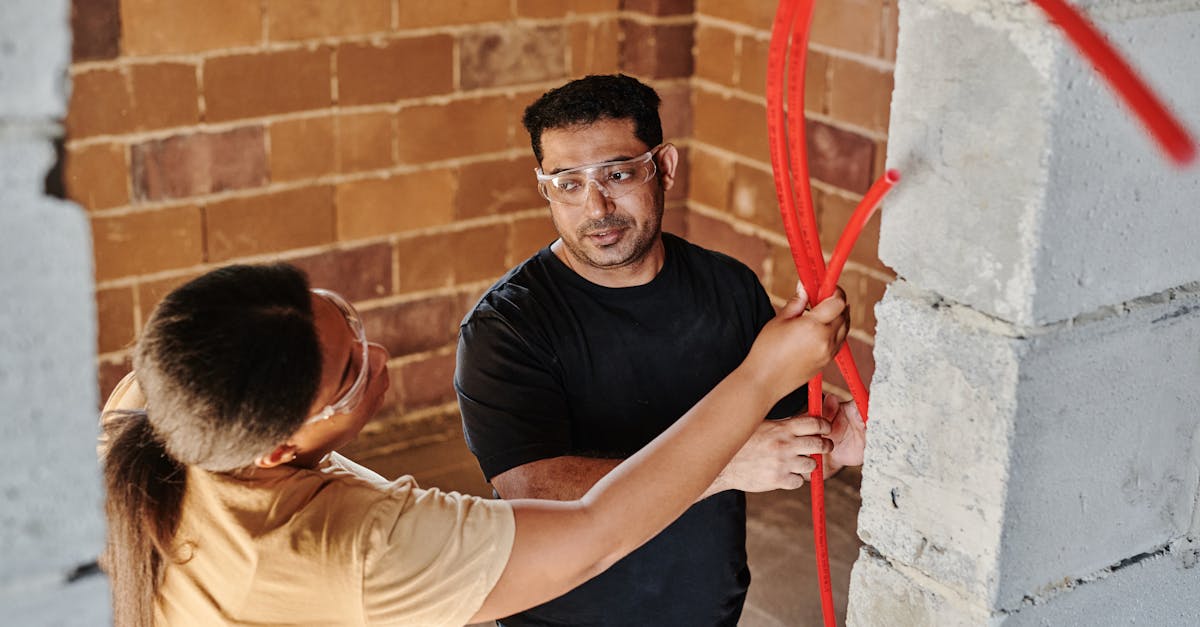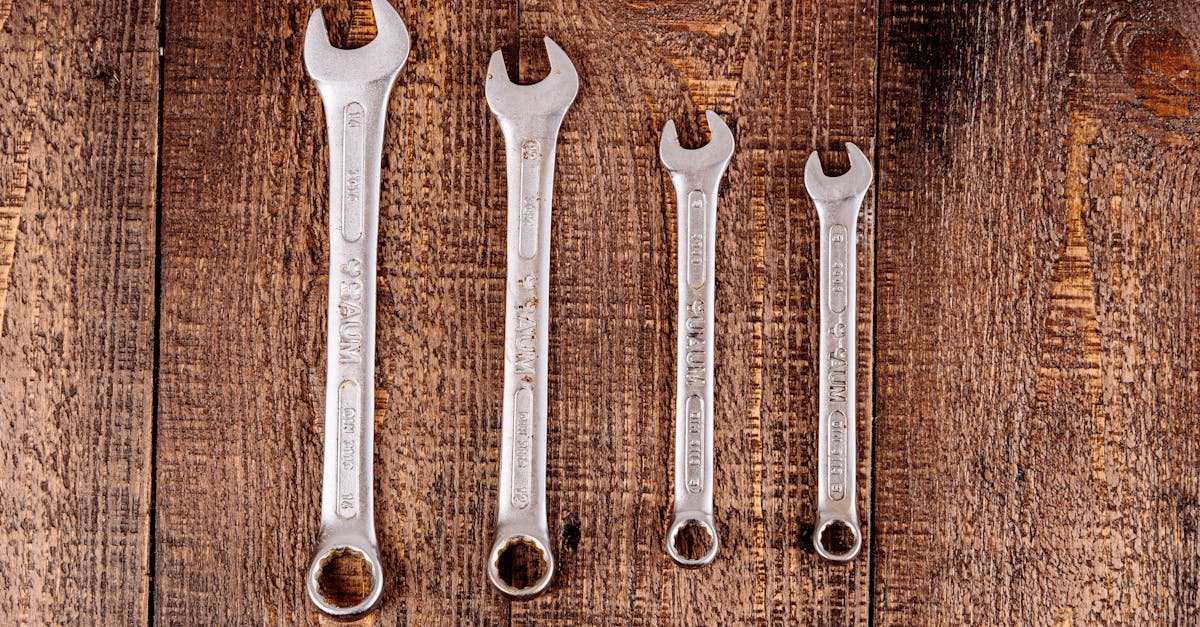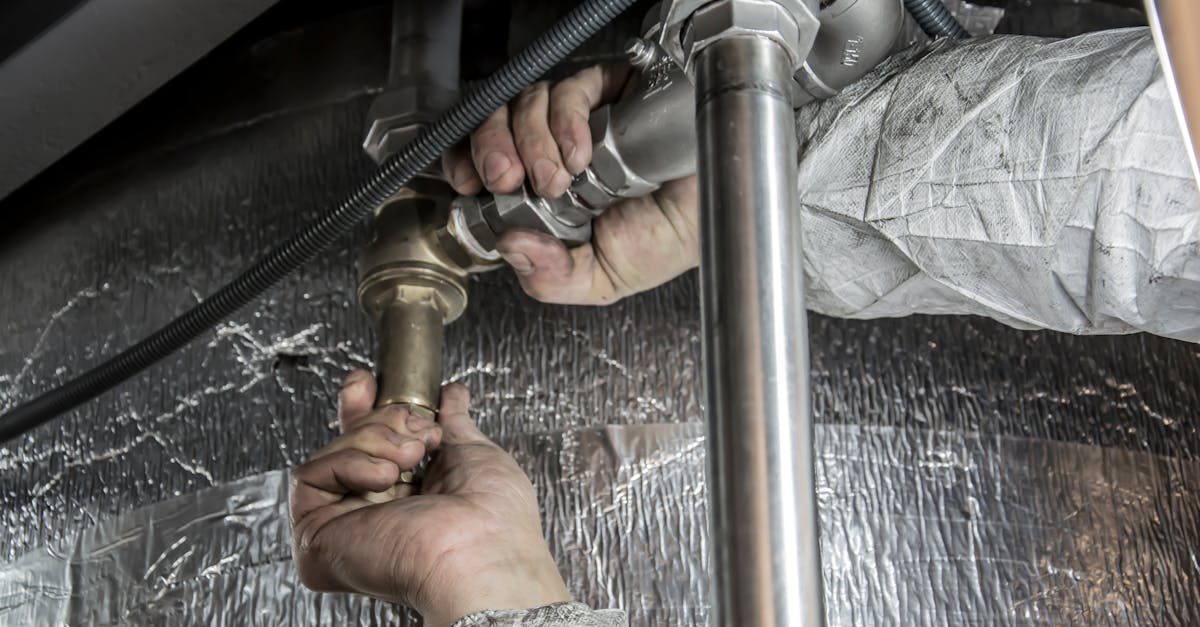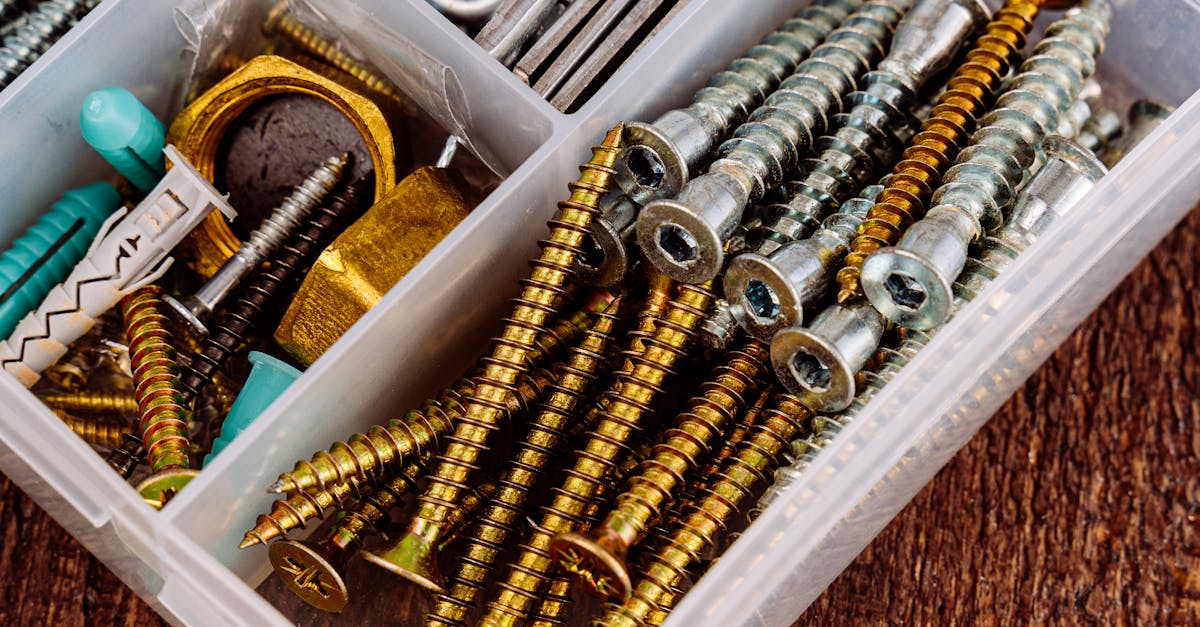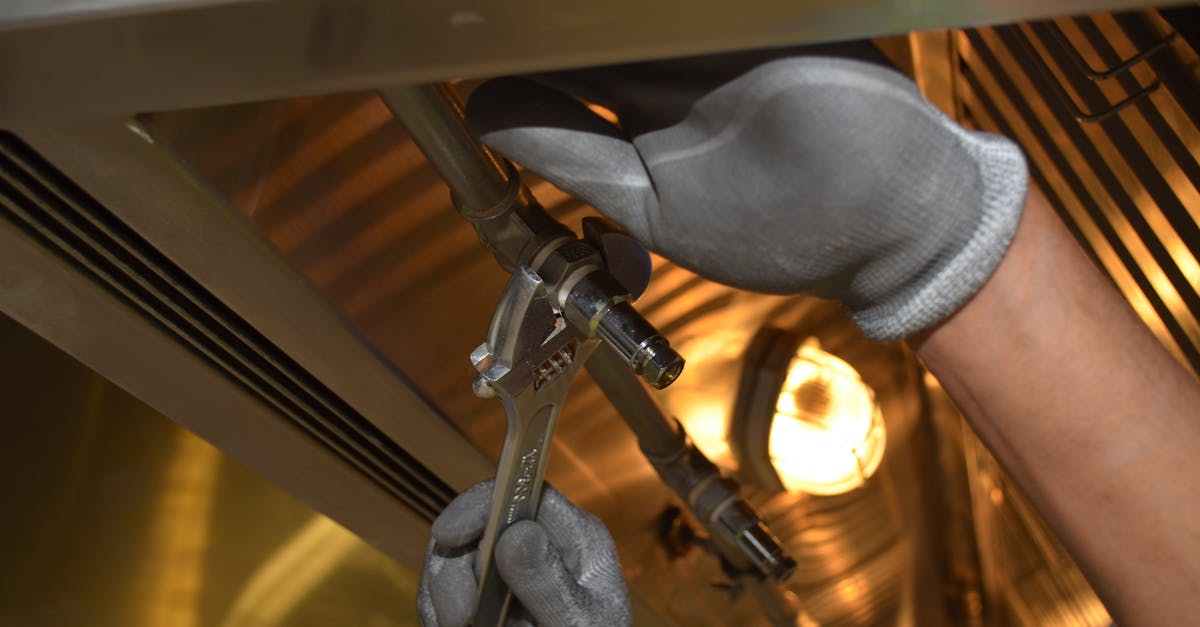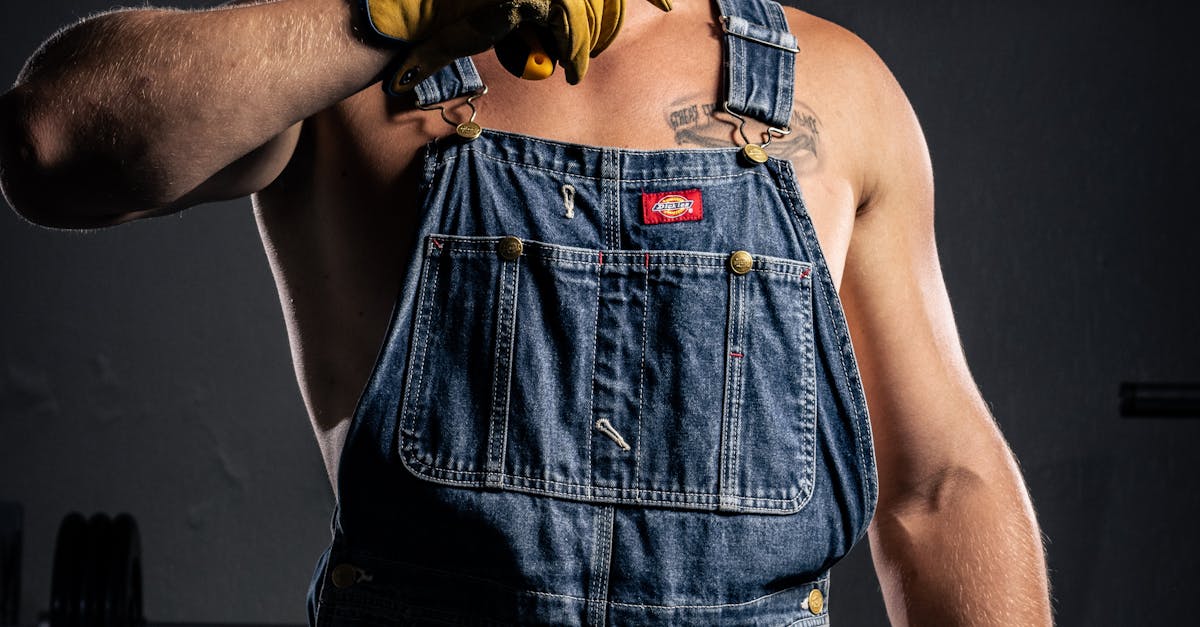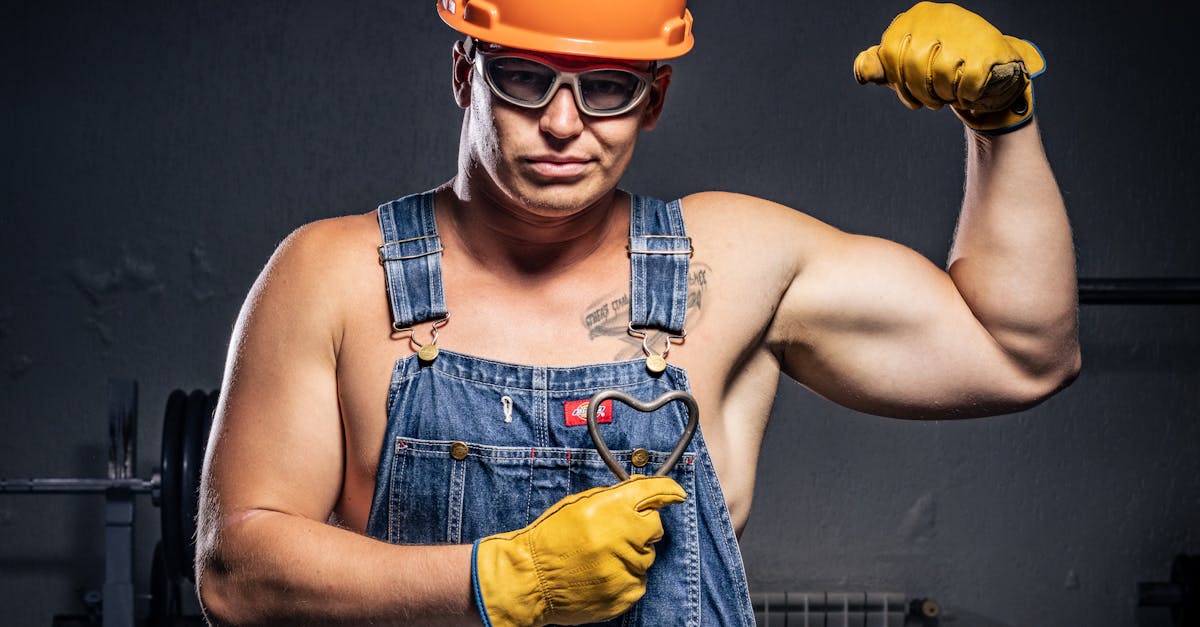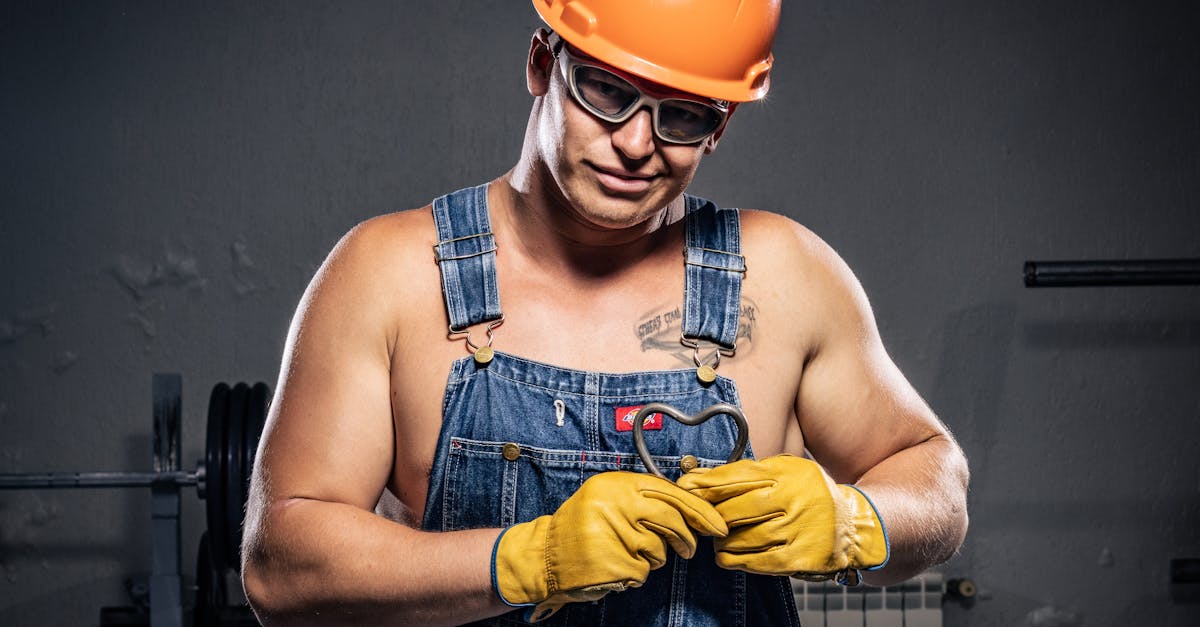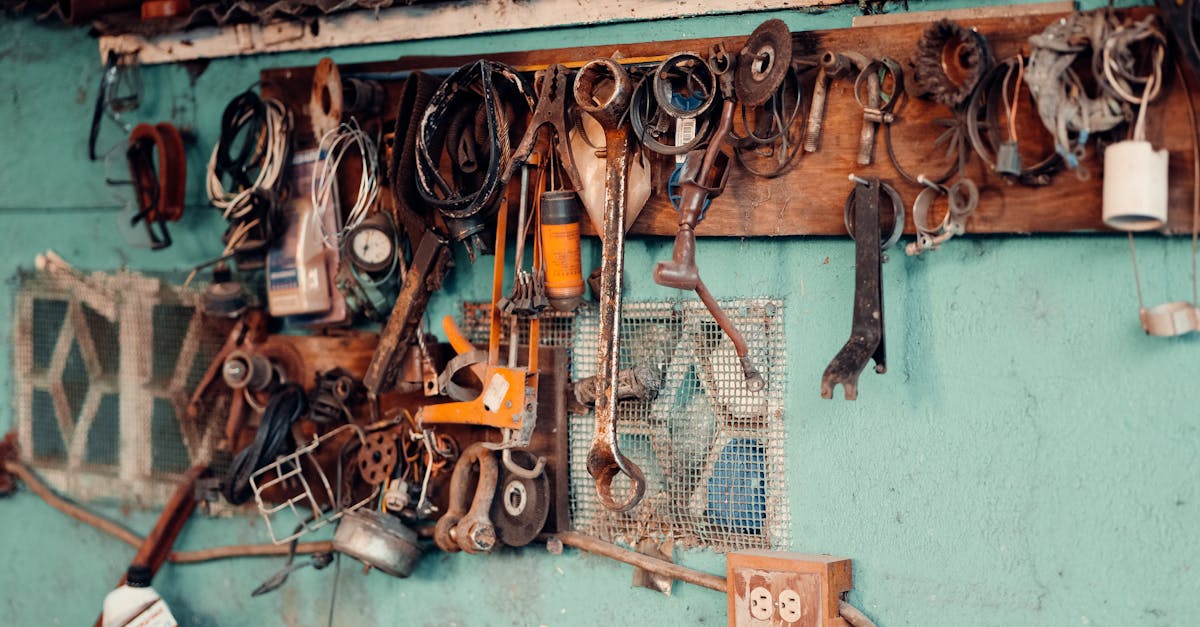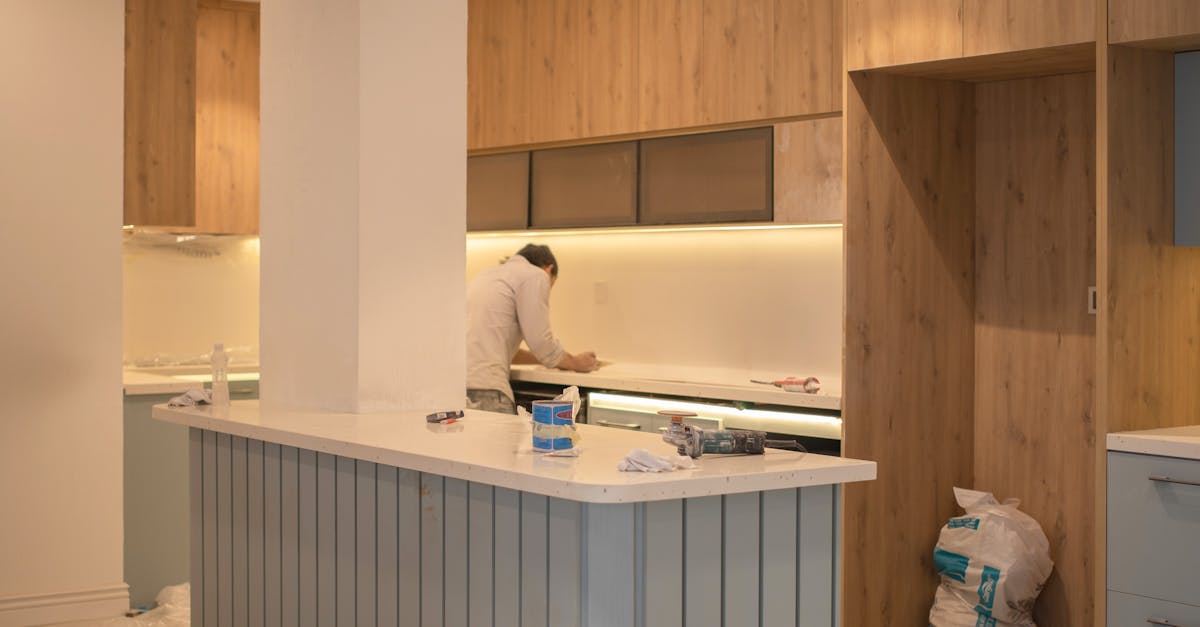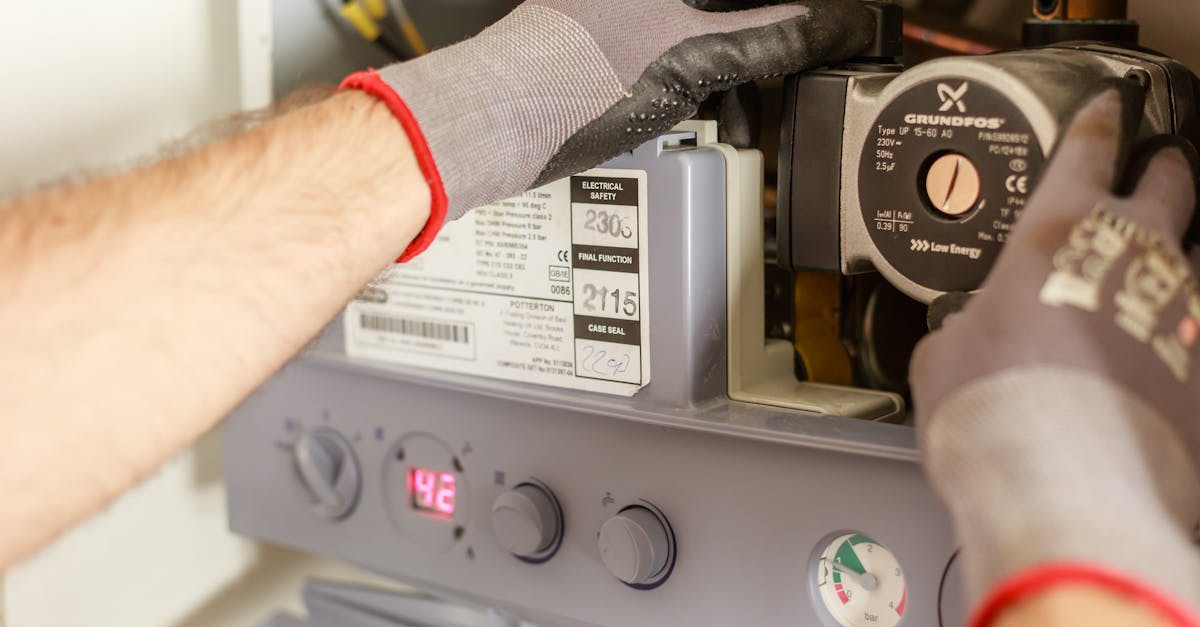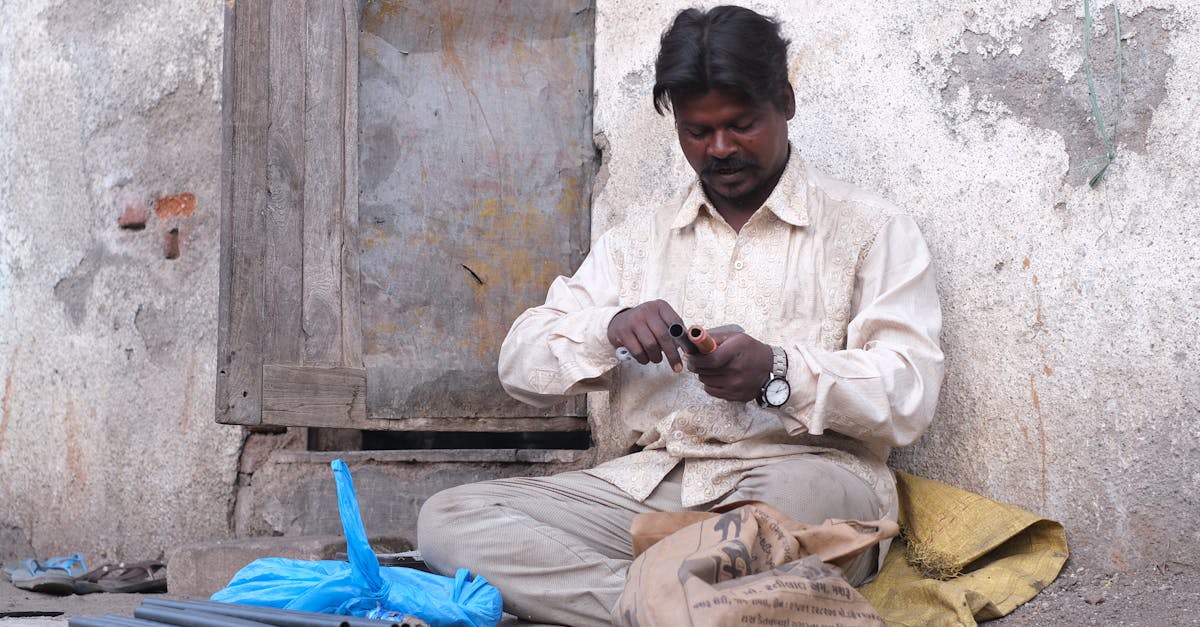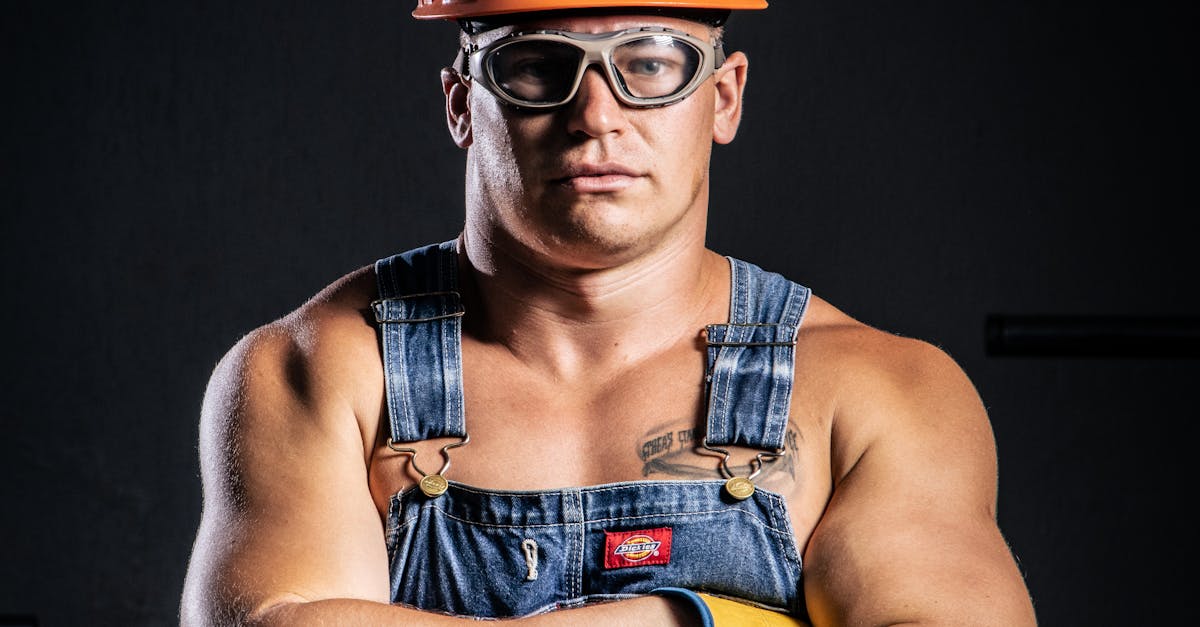
Table Of Contents
LongTerm Benefits
Epoxy pipe coating offers significant long-term benefits, particularly when considering the durability and protection it provides to existing plumbing systems. This coating acts as a barrier against corrosion, significantly extending the lifespan of pipes. Homeowners can expect reduced repairs and replacements over time, which can lead to substantial savings on maintenance costs.
In addition to its protective qualities, epoxy pipe coating can improve the effectiveness of the plumbing system. With a smoother interior surface, the flow of water can be enhanced, reducing pressure loss. On the other hand, pipe relining is another option to consider for rejuvenating worn-out pipes. It provides a similar protective effect but involves a different installation process, which may influence the overall cost and longevity of the solution.
Cost Savings Over Time
Investing in epoxy pipe coating can lead to significant cost savings over time. This coating creates a durable barrier that protects pipes from corrosion and damage, ultimately extending their lifespan. By preventing leaks and reducing the need for costly repairs, property owners can save money that would otherwise be spent on frequent maintenance or replacement. This proactive approach can also minimize service disruptions, making it a financially sound decision.
In many cases, epoxy pipe coating is more economical than alternatives such as pipe relining. While pipe relining is another effective method for rehabilitating damaged pipes, it can involve higher labor and material costs. By choosing epoxy coating, homeowners and businesses can achieve comparable protection and performance without the added expenses. This long-term savings potential makes epoxy coating an attractive option for those looking to invest wisely in their plumbing infrastructure.
Comparing Alternatives
When evaluating alternatives to epoxy pipe coating, it's essential to consider various methods available for pipe rehabilitation. One popular option is pipe relining, which involves inserting a resin-saturated liner into the existing pipe, allowing it to cure in place. This method can effectively seal leaks and restore structural integrity, making it an attractive choice for many property owners. While the upfront costs may be similar to epoxy coating, the durability and longevity of relining can vary based on the existing pipe conditions.
Another alternative is traditional pipe replacement, which provides a complete overhaul but can be disruptive and costly. Unlike epoxy coatings and relining, which aim to extend the life of existing pipes, replacement requires excavation and significant labor. Each method has its pros and cons, with considerations such as installation time, impact on surrounding areas, and overall effectiveness influencing the final decision. Homeowners and businesses should weigh these factors carefully to determine the best solution for their needs.
Pros and Cons of Different Coatings
When evaluating various coatings for pipes, it’s important to consider their specific benefits and drawbacks. Epoxy coatings are particularly valued for their strong adhesion, resistance to corrosion, and ability to extend the lifespan of existing pipes. However, the initial material cost can be higher compared to traditional options. Some coatings might require extensive surface preparation, adding to the overall expense and time needed for installation.
Alternative methods, such as pipe relining, offer unique advantages. They create a new pipe within the existing one, effectively sealing leaks and providing a long-lasting solution. Yet, pipe relining can also have downsides, including limitations on the size of pipes that can be lined and possible disruptions during installation. Understanding these factors is crucial for making an informed decision that aligns with both immediate budgets and long-term maintenance goals.
Maintenance Considerations
Proper maintenance plays a crucial role in prolonging the lifespan of epoxy-coated pipes. Regular inspections can identify potential issues before they escalate into costly repairs. It is essential to monitor for signs of wear or damage, such as bubbling or chipping in the coating. A proactive approach can help maintain the integrity of the coating, preserving its protective qualities against corrosion and leaks.
When considering ongoing maintenance, pipe relining can be a valuable option. This technique involves applying a new layer of material within the existing pipes, effectively sealing any vulnerabilities. The process complements epoxy coatings and can extend the life of the infrastructure. Routine assessments and timely interventions will ensure that the coating remains effective and that the overall system operates efficiently.
LongTerm Care for Coated Pipes
Maintaining epoxy-coated pipes involves regular inspections to identify any signs of wear or damage. This proactive approach allows for timely repairs, ensuring that the integrity of the coating remains intact. Scheduled maintenance can help prevent issues such as leaks or clogs that may arise over time. Keeping the pipes clean and free from debris is also essential to maximizing the lifespan of the coating.
In addition to inspections, understanding the role of pipe relining can enhance overall maintenance efforts. Pipe relining is a method that can be employed if the coating experiences significant damage or deterioration. This technique provides an effective solution to restore the pipes without the need for extensive excavation. Investing in both regular maintenance and potential pipe relining options ensures the coated pipes continue to perform well over the long term.
FAQS
What factors influence the cost of epoxy pipe coating?
The cost of epoxy pipe coating can be influenced by several factors including the size and length of the pipes, the condition of the existing pipes, the type of epoxy used, and the complexity of the application process.
Is epoxy pipe coating a cost-effective solution?
Yes, epoxy pipe coating can be a cost-effective solution in the long run, as it helps prevent corrosion and leaks, reducing the need for costly repairs and replacements over time.
How does epoxy pipe coating compare to other types of coatings?
Epoxy pipe coating offers several advantages such as superior adhesion and chemical resistance compared to other coatings. However, it may be more expensive initially, so it's important to weigh the long-term benefits against the upfront costs.
Are there any maintenance costs associated with epoxy pipe coating?
While epoxy pipe coatings require minimal maintenance, it is important to monitor the condition of the coating regularly. Any minor repairs can help extend the lifespan of the coating and avoid more significant costs later.
How long does epoxy pipe coating typically last?
Epoxy pipe coatings can last anywhere from 5 to 20 years, depending on factors such as the environment, water quality, and usage conditions. Regular inspections and maintenance can help maximize the longevity of the coating.
